
Book Review: The Sleep Lady’s Good Night Sleep Tight
The Sleep Lady’s Good Night, Sleep Tight: Gentle Proven Solutions To Help Your Child Sleep Well and Wake Up Happy
Author: Kim West with Joanne Kenen
Publisher: CDS Books, 2004
Number of Pages: 331 (350 with index/reference guide)
Where I got this book: Amazon
ISBN: 1593150253
Rating: 9/10, I recommend this book.
–
–
We hope you like the products we recommend. Just so you are aware, Keep Toddlers Busy may collect a share of sales from the links on this page. Read more about our links in our disclosure policy.
–
–
I decided to purchase this book after learning the hard way that my first born was definitely going to need to be sleep trained and sleeping well became one of the first real lessons I taught my son. I had tried others methods that worked a little, but the CIO gains weren’t worth the type of effort and crying that had to be put in. I began to think to myself, “There has to be another way”. After spending over a year without my son sleeping as well as I wanted on a normal basis ( even though he had a great nap schedule, went to bed on time (7:30pm) and didn’t seem to have any other issues), I decided at that point to enlist some help. Within a week of receiving this book, it had already started to pay off. Below I will give you a review of the book with positives, negatives, and a summary of what I think are some key points.
Review: The Sleep Lady’s Good Night, Sleep Tight
Summary
The author explains that all babies need a certain amount of sleep, depending on their developmental stage. The West’s method allows for comfort and love in a way that crying it out doesn’t, which appeals to many mothers. However, it also allows for some tears, which are a natural part of being a baby. The author takes into account developmental stages, and notes that her method shouldn’t be started until after month three and probably a bit later.
West’s technique involves putting your baby down ‘drowsy but awake,’ and helping her figure out how to drift off, the way an adult naturally does, through a shuffle. It won’t happen instantly, but the technique is not a long process. West’s actual shuffle technique doesn’t start until around six months, but the process starts way before then, and the advice continues to years within the pages of this book.
She also gives advice on nappy, and getting rid of sleep crutches as well.
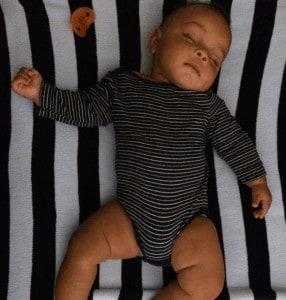
The Sleep Lady Shuffle
According to West, the need for sleep is biological; however the ability to sleep is a learned skill. Some children need a little more help than others.
The Sleep Lady’s method is gentle and uses a step by step routine. Baby will sleep more soundly and for longer periods of time leading to well rested baby and parents.
First, make sure both parents are involved and a united front. Consistency is the key. Don’t give mixed messages. Do the same thing every night, not just most of the time. You will need about 3 weeks without disruptions or major changes in routine (vacation, moving, new baby). The first night you start, make sure baby gets a good nap during the day so they aren’t overtired.
During sleep training, the parents start by putting the baby down sleepy but awake at bedtime. the sleep lady’s method allows the parent to start out by their child’s side and gradually move out of the room over a 2 week period.
Nights 1-3: Sit in a chair next to the crib. If he fusses, stroke or pat on & off, try not to pick him up unless extremely upset (does not apply to a baby who is sick or scared). Keep it brief and return to the crib awake. Don’t do anything stimulating. Can make shh or other soothing sounds. Stay until he falls asleep.
Nights 4-6: Move chair halfway between the crib & door. Stay in chair if possible, don’t pick him up unless he’s hysterical. Use your voice to calm him down.
Nights 7-9: Move chair to the doorway but within his view. Intervene as little as possible.
Nights 10-12: Move chair into hallway within view if possible.
Night 13 and on: Most babies will fall asleep on their own by now. You can stay in the hall or a nearby room if he likes to hear your voice. If he cries, you can go to the bedroom door to soothe him but don’t go into the room. Also don’t rush right in, give him a chance to calm himself down.
You might also like…
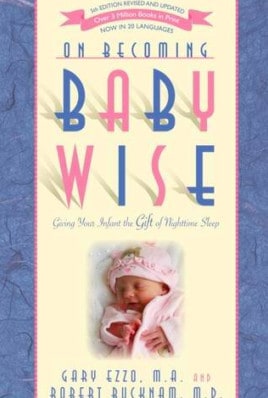 | 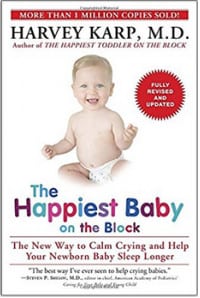 | 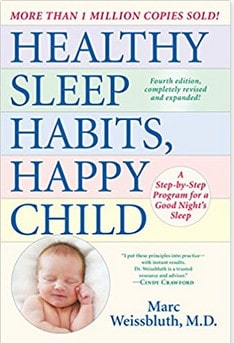 | 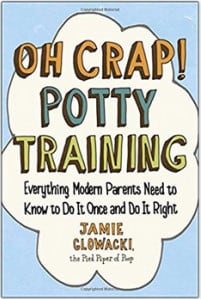 |
Sleep Tight Cons:
My only real issue was that the does not address sleep regressions (common at 4 months, 8 or 9 months, and sometimes 11 months) as a normal part of development. She does address sleep issues like teething and regression in the book, but it is not a consistent topic throughout the book.
Pros:
The book is helpful because it offers advice for different stages and ages. I was able to look up how to transition my son to ONE nap easily, which meant I should have him sleeping through the night first, which then meant I needed to take care of his one bottle a night sleep crutch. The sleep lady’s advice specifically led me to these conclusions and then walked me through the steps. It was wonderful.
Helpful Tips From The Sleep Lady’s Good Night Sleep Tight
1. Bedtime Routine – must be comforting and predictable, may include books, songs, and their lovey. You need to switch their brain from alert to sleepy. If your child doesn’t like part of the routine, such as putting on their pajamas or brushing teeth, do that first & get it over with.
Always put the baby down drowsy but awake. They need to learn how to fall asleep on their own.
2. Get room darkening shades if your child wakes up too early or has trouble napping when it is light outside.
3. Use a night light if necessary
4. Use a white noise machine if your home is loud.
5. Make sure the same sleep rules apply all the time – at home, day care, with a babysitter, etc.
6. Have a morning ritual – reinforce their waking up by opening the blinds and turning on the lights.
7. If you need the crib for a new baby, older child’s transition to a bed should be at least 2 months before the birth to avoid feelings of displacement.
8. Well rested children find it easier to sleep while overtired children have trouble getting to sleep and staying asleep.
9. After 6-8 weeks, babies will get their best sleep in a crib or bassinet…not a swing, stroller, or car seat. Motion may put them to sleep but their brain will never reach the level of complete restorative sleep if they are moving.
Also be sure to look at my post on toddler sleep training methods and remedies for more information on all of the available sleep training methods.
One of Sleep Lady’s Most Important Points: Start Early
Beginning at 3 weeks old
1. Create a flexible feeding and sleeping routine. Not an exact regimen, just a framework for eating/sleeping/awake time. Young babies like predictability and parents will be able to plan the day better. Most likely you will know what your baby needs when they cry because it will be time for either eating or sleeping. Use a simple log to keep track.
2. Put him down drowsy but awake at least once every 24ish hours. After 4 weeks old, do this once a day. The morning nap should be the easiest to start with. At 6 weeks try with bedtime.
3. Create a sleep friendly environment. Room darkening shades, soothing colors, no bright or stimulating mobiles. White noise or fan can help drown out other sounds. Music can be used to set the mood, but don’t let it run while baby is falling asleep and don’t turn it back on if the baby wakes up during the night.
Even though babies up to 8 weeks old are very portable and sleep wherever they are, it shouldn’t be done all the time. A nice quiet crib will give them a more restful sleep.
Bonus
If you would like to get even more information about the sleep shuffle method, take a look at the video below!
I hope this review was helpful! Let me know if you have read the book and what your thoughts were after trying the techniques below!
Also don’t forget to follow me for more tips, reviews, and activities below!
Welcome to my blog! I am an activity mom of three and I have over 15 years of experience crafting, writing, designing and creating. My mission is to bring fun, balance and learning to your busy homes with activities, tips, inspiration, and organization!




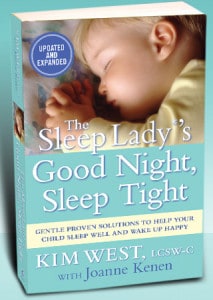

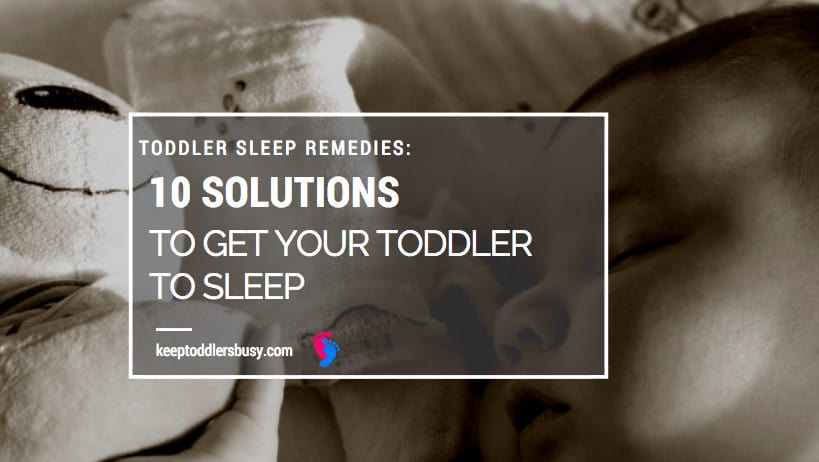
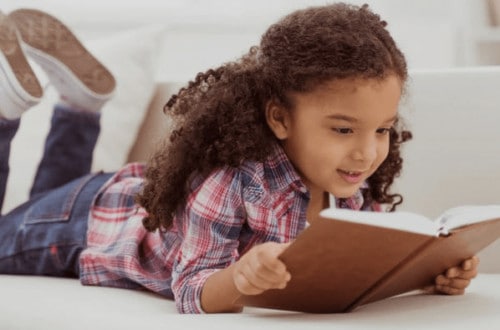
4 Comments
Jim
Hi Kayla, okay so it’s been some time since my wife and I have had babies to care for. Our boys are now grown up but I thought I’d read about the sleep lady shuffle since we are going to be new grandparents this April. We’re excited about that and I will definitely be sharing this method with my daughter-in-law, it makes good sense. On another note and at the risk of a dumb question, what exactly is a white noise machine?
Kayla
Congrats on becoming a new grandparent soon!! I would definitely share this book. As per your question, in most baby sections you will see a little sound machine that plays different sounds. It can range from lullaby’s to ocean sounds, and more often than not you will have a “white noise” option. It’s basically gentle and constant noise to help the baby sleep and drown out other noises. I use one everyday for toddler and baby! It’s not needed after a while but it still gives me room not to have to tip toe around!
Maurice Jackson
I have always looked forward to your posts. And the innovative way you bring to your audience for bringing up children. I have 5 grandchildren and we have a special bond. I made it my life mission to teach then the importance faith hope and charity. Although they are to old for the book you reviewed here, I do appreciate how detailed and informative you wrote the review.
Kayla
Thank you so much. I appreciate your words and will continue to bring in the best information, activities, and tips that I can! And kudos to you for teaching your grandchildren great values!